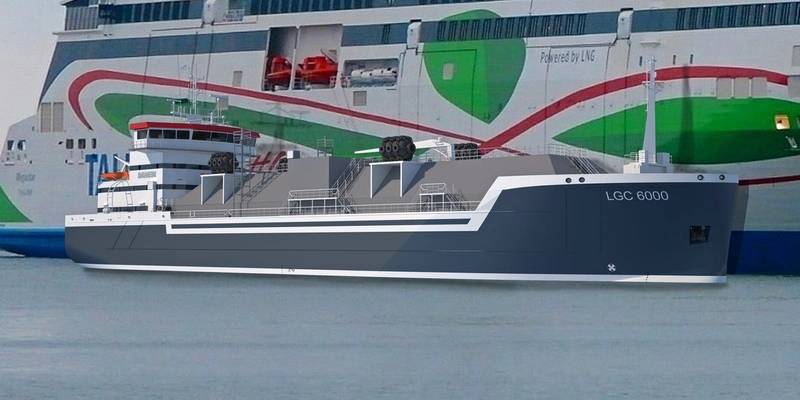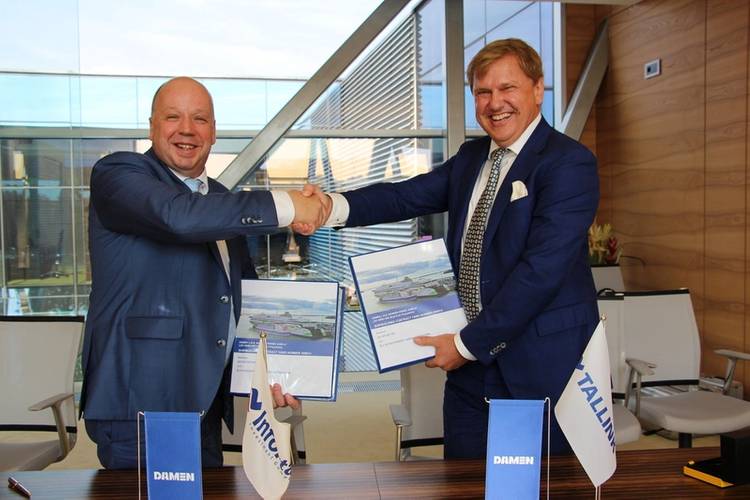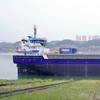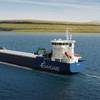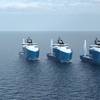Ship-to-ship LNG Bunkering is Coming to the Northeast Baltic
The first of a series of short-sea liquefied natural gas (LNG) bunker vessels to operate in the Baltic Sea will be constructed under a contract between Damen Shipyards Group and the parent company of Estonia’s leading energy company Eesti Gaas.
The 100-meter LGC 6000 LNG class vessel, scheduled for delivery in September 2020, will be the first to provide mobile ship-to-ship LNG distribution services in the North-east Baltic Sea, and is expected to accelerate the wider adoption of LNG as a cleaner alternative fuel. It will be built at Damen Yichang Shipyard in China and will carry 6,000m³ of LNG in two type-C tanks at -163° C.
The LGC 6000 LNG is designed to meet the requirements of ICE class 1A certification and to achieve green ship notation. A dual fuel propulsion system will be used for the management of the Boil-Off Gas (BOG) in combination with a gas burner, and the interior of the vessel will feature high-quality accommodation for her crew.
Efficient bunkering is particularly vital for passenger, RoRo and RoPax vessels where fast turnaround times are essential for providing a good service to their customers. Currently, Eesti Gaas is refueling the LNG fueled RoPax vessel Megastar by truck, with 11 required for a single operation. The LGC 6000 LNG will be able to resupply the ferry in a single, efficient and much faster procedure while she is alongside her regular berth, loading and unloading passengers and vehicles. Ports will also be spared the additional traffic generated by moving LNG by road.
Eesti Gaas will operate this LNG bunker vessel under a long-term charter from its parent company Infortar AS, which will be the owner of the vessel. Since 2016, Eesti Gaas has expanded its LNG transport and bunkering capacity by entering long-term LNG supply contracts with shipping companies and industrial consumers. Over time, as the adoption of LNG as a marine fuel gains momentum, it is anticipated that additional LGC 6000 LNG vessels will enter operation.
“This new vessel will help us to move significantly closer towards a clean and pollution-free Baltic Sea,” said Ain Hanschmidt, Chairman of the Supervisory Board of Eesti Gaas. “With the introduction of the first LGC 6000 LNG scheduled for 2020, vessel operators in the region can now consider adopting LNG propulsion systems in their new and existing vessels, confident that they can access fast and efficient bunkering services. We look forward to it serving an increasing number of vessels using LNG as a marine fuel and thus reducing significantly their CO2, NOx, SOx and particulate matter emissions.”





